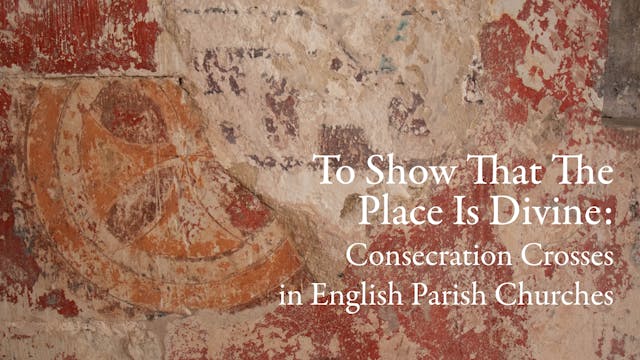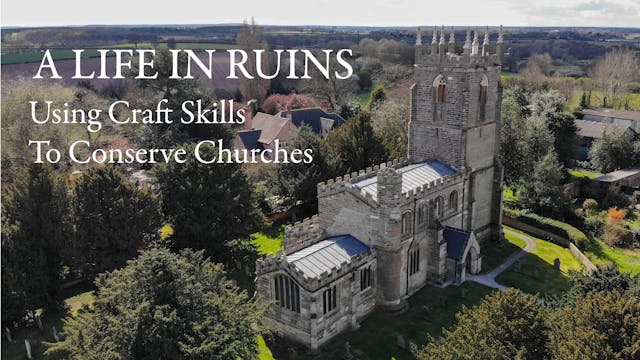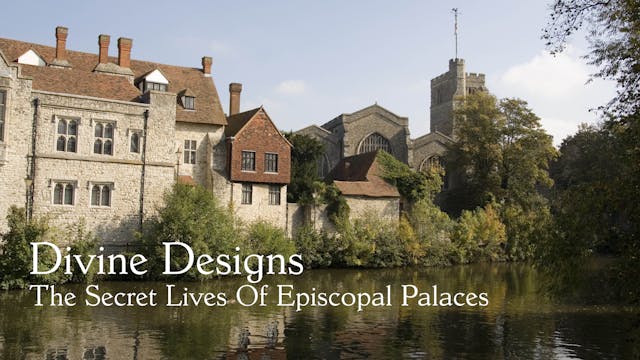Meeting Vikings In English Churches
Our Free Lectures
•
1h 12m
In this talk we will explore some of the different ways you might come across Vikings while visiting English medieval churches. Today we might think of the Vikings mostly as raiders and pillagers of churches, but the real story is more complex than that: there are also churches across England which were founded by, or in honour of, Viking warriors. We will look at stories of Anglo-Saxon saints who were killed by Vikings, and consider how their dramatic legends have been depicted in church art, from stained-glass windows to wall paintings. However, we’ll also discover the more surprising stories of Vikings who came to be celebrated as saints and martyrs, who also left their mark in England’s medieval churches.
Dr Eleanor Parker is Lecturer in Medieval English Literature at Brasenose College, Oxford, and a regular columnist for History Today. Her book, Dragon Lords: The History and Legends of Viking England (IB Tauris, 2018), explores how the Vikings were remembered in medieval English legend, literature and folklore. https://www.bloomsbury.com/uk/dragon-lords-9781350165359/
Up Next in Our Free Lectures
-
To Show That The Place Is Divine: Con...
Consecration crosses can be seen in a number of medieval places of worship, including those belonging to the Churches Conservation Trust. Usually painted on the interior walls of a church, these white discs with a red cross in the centre signified to the congregation that the building was a sacre...
-
A Life In Ruins - Using Craft Skills ...
Over the past thirty years, Andrew Ziminski has worked as a stonemason-conservator as a partner of Minerva Stone Conservation.
From repairs to a megalithic burial chamber and the reconstruction of a Roman temple façade to an Anglo-Saxon shrine and Salisbury's medieval cathedral Andrew's craft sk...
-
Divine Designs: The Secret Lives Of E...
The bishops of medieval England wielded great power, and their residences were often as splendid as those built for royalty. At one time, these palaces were scattered liberally throughout the country but now only a handful remain occupied by bishops, while the rest have been destroyed or taken on...



